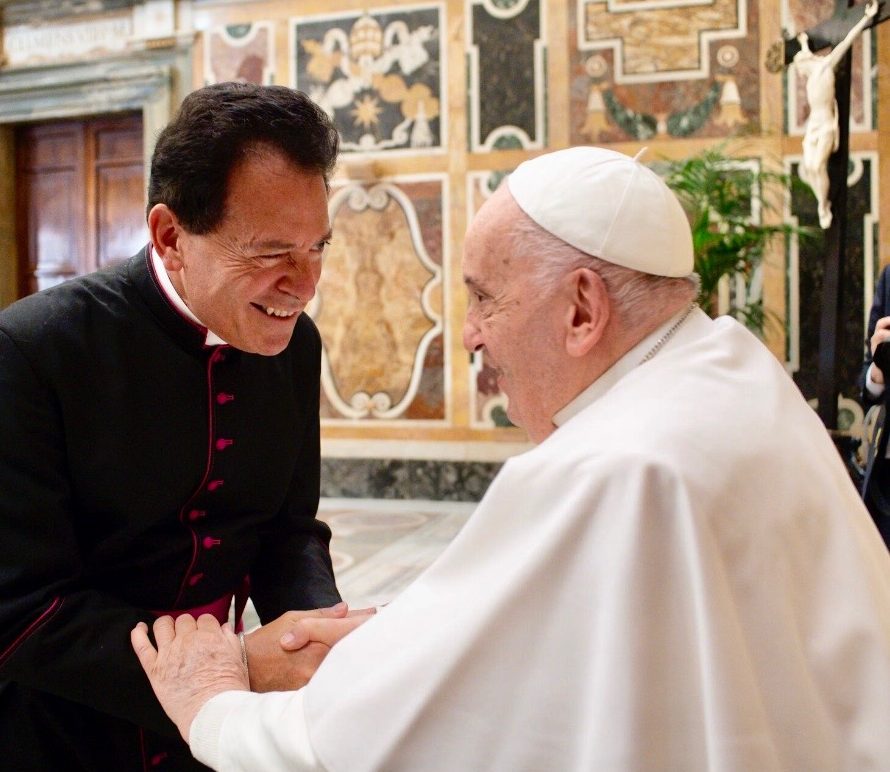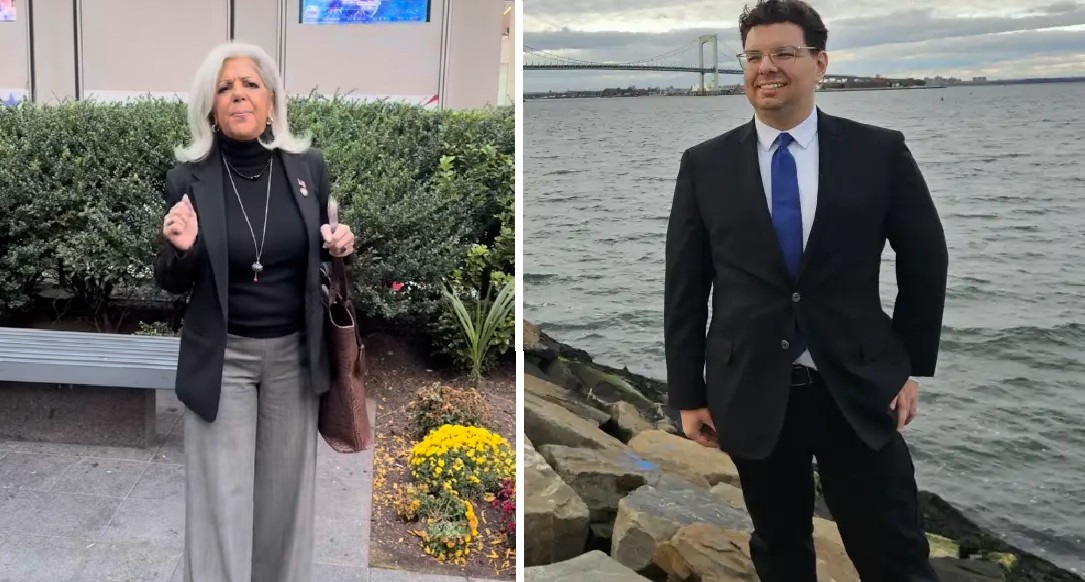In a sterling example of enterprising utilization of establishment resources to forge a path that would enduringly impact people of color, Gil Noble transitioned from merely another African American given an opportunity to “break into” white-dominated mainstream media in the turbulent 1960s, to a respected black-consciousness advocate. The former long-serving host of “Like It Is” on WABC-TV in New York City changed what had been a relatively tame public affairs program into what The New York Times called “a veritable archive of contemporary black history in America.”
After starting his career in media at radio station WLIB in 1962, Noble had gotten his opportunity at WABC-TV in 1967, working in the news department, including anchoring weekend newscasts. When the station launched the “Like It Is” program in 1968, he initially served as an occasional correspondent. By 1975 he became the program’s solo host and proceeded to give the program the new feel that would be its lasting imprimatur. He won an impressive seven Emmy Awards for his work on “Like It Is.”
Noble was born in Harlem in 1932, both his parents having been immigrants from Jamaica. Prior to getting into broadcast media, his work experience included a stint as a model. But it soon became clear that television was where he had found his niche. And his piloting of “Like It Is” for 36 years reaffirmed the program’s status as one of the titans of TV programming in the New York metropolitan area.
The roster of guests Noble interviewed ran the gamut: from local community activists to heads of state from abroad; from entertainers or athletes to scholars. Primarily, guests might come from the African American community in the U.S. and African diaspora countries globally. The program, notably, never shunned what might perhaps be perceived by others as too controversial. Such “lightning rod” personalities as Stokely Carmichael, Louis Farrakhan, Zimbabwe’s Robert Mugabe and onetime City College black studies chair Prof. Leonard Jeffries, among others, have all done turns on the show.
On two occasions there was pushback against the program’s content that seemed to put Noble at risk of being disciplined by the TV station. In 1982, a panel discussion focused on the Israeli invasion of Lebanon drew strong criticism from the Anti-Defamation League about the program’s alleged bias. Supporters of “Like It Is” and Noble protested outside of WABC-TV and there was ultimately no action taken against Noble by station management. Similarly in 1991 when advance word of Prof. Jeffries’ appearance on the program was made known, reaction both pro and con ensued and the Jeffries segment was shelved, although it was aired subsequently.
Of the backlash that frequently came after certain programs were broadcast, Noble was quoted in the Times saying: “My response to those who complained that I didn’t present the other side of the story was that this show was the other side of the story.” Noble was also quoted as referring to “Like It Is” as “the antidote to the 6 and 11 o’clock news.”
Noble died in 2012 at age 80, following a stroke he suffered the year before that had brought an end to his long tenure at the program’s helm.
Whether or not he had such ambitions, what Noble proceeded to do when he assumed primary responsibility for charting the course of “Like It Is” in 1975, was create a New York institution. And not incidentally, an institution much beloved primarily, but surely not exclusively, by people of color. There can never be too many of those. For the incalculably valuable resource he has left, Noble has earned the people’s undying gratitude.



























